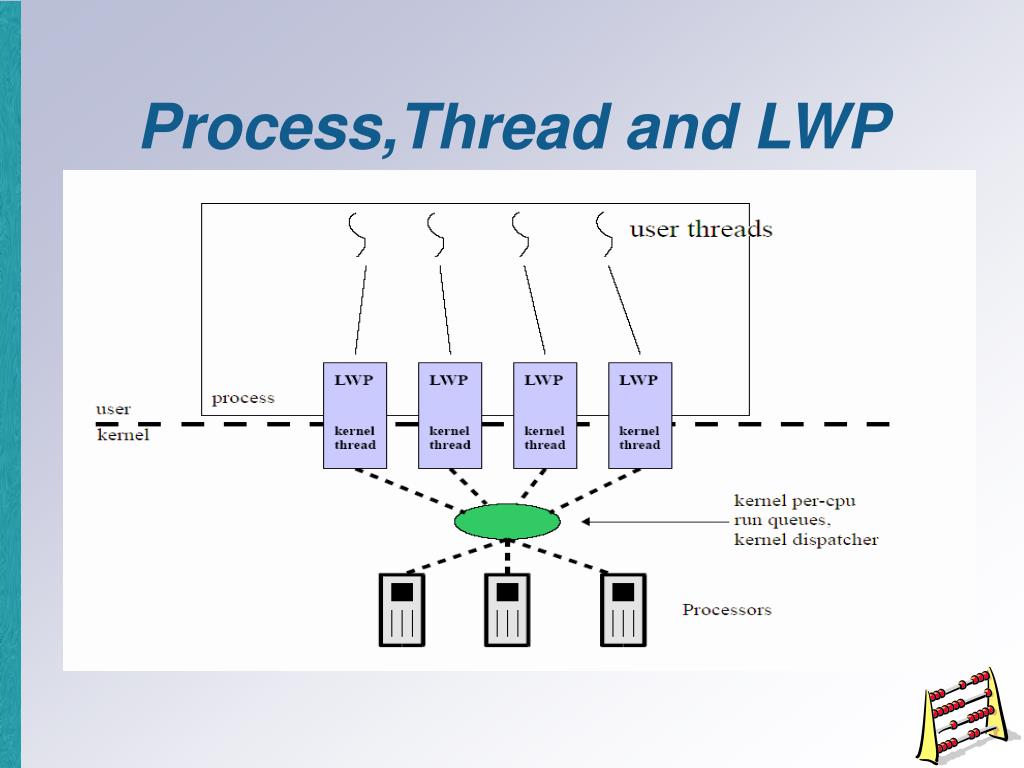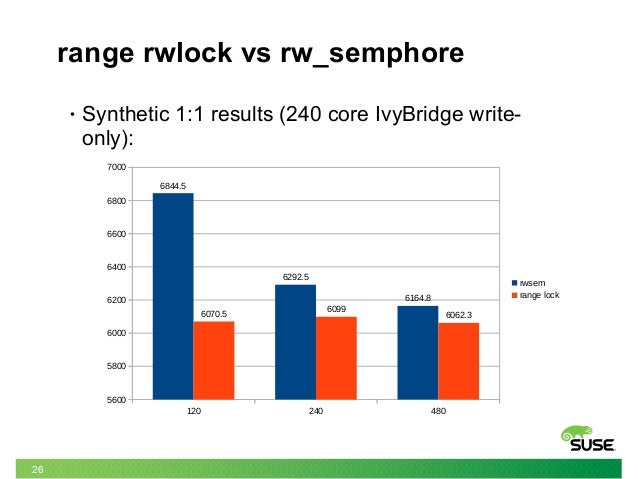

} Approach 2 (Locking between Bottom Halves) Printk(KERN_INFO "In EmbeTronicX Thread Function2 %lu\n", etx_global_variable) Printk(KERN_INFO "In EmbeTronicX Thread Function1 %lu\n", etx_global_variable) It returns non-zero if the lock is currently acquired. This is used to check whether the lock is available or not.

It will unlock which is locked by the above call. It returns non-zero if it obtains the lock otherwise returns zero.

If unable to obtain the lock it exits with an error and does not spin. Locks the spinlock if it is not already locked.
#LINUX KERNEL RESOURCE LOCKING MECHANISM FREE#
This will take the lock if it is free, otherwise, it’ll spin until that lock is free (Keep trying). If you share data with user context (between Kernel Threads), then you can use this approach. Approach 1 (Locking between User context) Let’s look at the approaches to these situations. spinlock_t etx_spinlock Īfter initializing the spinlock, there are several ways to use spinlock to lock or unlock, based on where the spinlock is used either in user context or interrupt context. If you want to initialize dynamically you can use the method as given below. #define DEFINE_SPINLOCK(x) spinlock_t x = _SPIN_LOCK_UNLOCKED(x) Dynamic Method Take a look at the expansion of DEFINE_SPINLOCKbelow. The macro given above will create a spinlock_tvariable in the name of etx_spinlockand initialize to UNLOCKED STATE. You can statically initialize a Spinlock using the macro given below. We can initialize Spinlock in Linux kernel in two ways. Because there is no reason to have a lock when no one else can run at the same time.īut if you have disabled CONFIG_SMPand enabled CONFIG_PREEMPTthen spinlock will simply disable preemption, which is sufficient to prevent any races. If the kernel is running on a uniprocessor and CONFIG_SMP, CONFIG_PREEMPT aren’t enabled while compiling the kernel then spinlock will not be available. Like Mutex, there are two possible states in Spinlock: Locked or Unlocked. This simplicity creates a small and fast lock. If a process attempts to acquire a spinlock and it is unavailable, the process will keep trying (spinning) until it can acquire the lock. The spinlock is a very simple single-holder lock. In the Mutex concept, when the thread is trying to lock or acquire the Mutex which is not available then that thread will go to sleep until that Mutex is available. Both are used to protect a shared resource from being modified by two or more processes simultaneously. If you have understood Mutex then Spinlock is also similar. In our previous tutorial, we have understood the use of Mutex and its Implementation.
#LINUX KERNEL RESOURCE LOCKING MECHANISM HOW TO#
If you don’t know what is Kthread and How to use it, then I would recommend you to explore that by using the below link. In the example section, I used Kthread to explain Spinlock. Spinlock in Linux kernel example programming.Approach 5 (Alternative way of Approach 4).Approach 4 (Locking between Hard IRQ and Bottom Halves).Approach 3 (Locking between User context and Bottom Halves).Approach 2 (Locking between Bottom Halves).Approach 1 (Locking between User context).


 0 kommentar(er)
0 kommentar(er)
